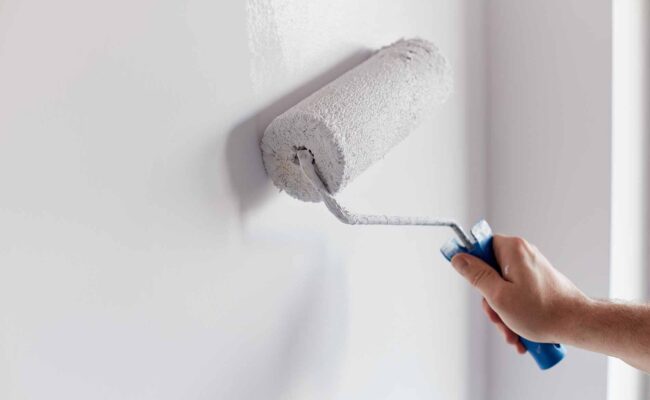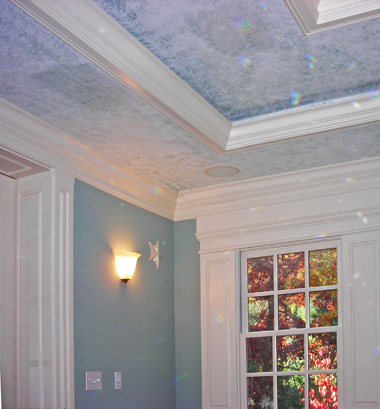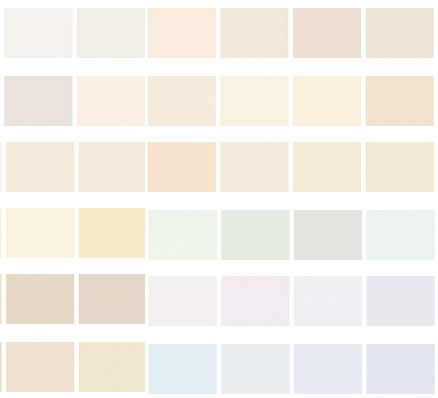You may not have heard the term “surfactant leaching,” but you may have seen it in the form of brown spots, growing like big moles, on painted surfaces. These spots can have a sticky, glossy or soapy feel. But whatever they feel like, they don’t look good on a beautifully painted wall or ceiling. The question is, should surfactant leaching be a cause for alarm?
The answer is no. Latex paints are predisposed to this condition. Surfactants are contained within the paint, and they’re brought to the surface in damp and humid conditions. This is why if you’ve seen this leaching, it likely has been in a bathroom or a part of the home that is regularly humid such as over a dishwasher or sink.
Surfactants in latex paint “migrate” to the surface over time and eventually evaporate. However, when paint is applied in humid conditions or when the painting surface is moist, the migration speeds up. This is one of many reasons to apply interior paint in dry areas and on dry surfaces.
What to do about surfactant leaching
The good news is that the appearance of brown spots does not indicate that there’s a problem with the paint or that the painted surface is being damaged. While all latex paints will leach surfactants, colored paints are more prone due to the existence of more surfactant in the formula.
Solve the problem by simply wiping the brown areas with a damp cloth or rinsing with water. This may need to be done periodically as more surfactants are released over time, particularly in humid and damp areas. On exterior (outside) surfaces, surfactant leaching is typically handled by the elements, although areas not shielded from rain may need some attention on your part.
Preventing surfactant leaching
The goal is to keep moisture away from paint – especially when it is being applied. Always paint on completely dry and fully prepped surfaces. With surfaces where you know water is going to hit such as showers, wait at least 24 hours after painting before turning 
The “average” amount of surfactant leaching is easy to handle, and you should consider it a normal part of household maintenance in areas prone to high humidity. As long as you use a quality paint and do the necessary preparation before getting to work (which includes making sure painting surfaces are dry), you shouldn’t have to deal with leaching anywhere but in the dampest areas.
Connecticut counts on Franklin Painting for a full menu of interior and exterior painting projects. If it’s time for a wonderful new paint job performed by skilled, attentive professionals, we’re ready to help. Reach us at (877) 646-7774.

Frank Campanelli, the esteemed founder of Franklin Painting LLC, has been leading the company since 1986. He takes immense pride in the stellar reputation his dedicated team has built by consistently delivering top-notch service to each customer.




